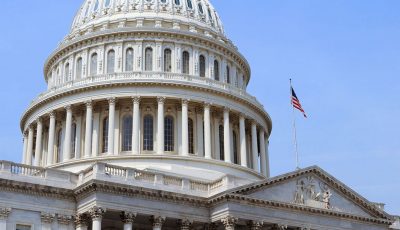3-year reduced base charge for commercial customers eyed
The Commonwealth Utilities Corp. and its large commercial customers have agreed to endorse an incentive rate option that, if approved by the Commonwealth Public Utilities Commission, would entitle these big commercial users a significant reduction in their electric base rates for three years.
CUC recently withdrew its standby charge proposal following strong opposition from both the Hotel Associations of the Northern Mariana Islands and the Saipan Facilities Management Association.
As an alternative, the incentive rate option was recommended for CUC to generate revenue, while enticing large customers to completely hook up to the system’s grid.
CUC rate consultant economists.com, in its April 24 testimony to the CPUC, disclosed that the new incentive rate provides a reduction of 7.3 cents per kWh from CUC’s commercial electric base rate for three years from the date of CPUC’s approval.
Eligible customers are those who currently generate 90 percent or more of their annual electric requirements and have installed capacities of 400 kW or greater. New commercial customers with generation capacity of 400 kW or greater will also qualify.
For customers who currently purchase all of their electricity from CUC, any expansion of their existing operation that results in an increase in load of 400 kW or greater will qualify them for the proposed rate.
“This schedule is available to qualified customers locating, expanding, or returning load on CUC’s distribution system.
Customers taking service on (Rider IR) incentive rate must agree to remain full requirements customers of CUC for the duration of the incentive rate period,” states part of the recommended tariff sheet that details how the incentive rate option will be implemented.
CUC wants the incentive rate for large commercial customers to take effect on June 23, 2014. The goal, according to CUC, is to be able to reduce rates for all customers if enough very large customers return to the CUC grid.
According to economists.com’s report, an estimated nine customers with combined connected load of 8,522 kW—or approximately 30 percent of CUC’s peak demand—would be eligible for the incentive rate.
Based on the consultant’s review, the peak demand of these nine members of HANMI and SFMA who expressed interest in returning to the CUC grid under the incentive rate is about at 6 to 7 MW.
Assuming all these customers connect to the CUC grid and buy all their power from CUC, the agency’s revised peak demand would be approximately 37 MW and its reserve margin on Saipan would be at 111 percent, which is more than adequate to meet the electric needs of all CUC customers.
At present, CUC’s generation capacity is at 78 MW, while its average monthly peak demand is at 30 MW. Therefore, its reserve margin is 160 percent.
Revenue forecast
Assuming that all nine large customers agree to buy power from CUC using the incentive rate, CUC projects a base rate revenue increase of about $1.5 million annually. Total revenue increase including LEAC will be at approximately $12.7 million.
On the question if the incentive rate would increase the rate for other CUC customers, the consultant said, “No, they will not.
CUC’s proposed incentive rate will not increase the rates of other customers. Base rate and customer charge revenue will help offset the loss of $2.5 million in projected revenue from CUC’s proposed standby charge which CUC withdrew from consideration on April 15, 2014. CUC has chosen to forego asking its customers for a rate increase to cover the standby charge revenue shortfall at this time.”
The CPUC is scheduled to deliberate and act on the incentive rate proposal at its meeting this month.



























